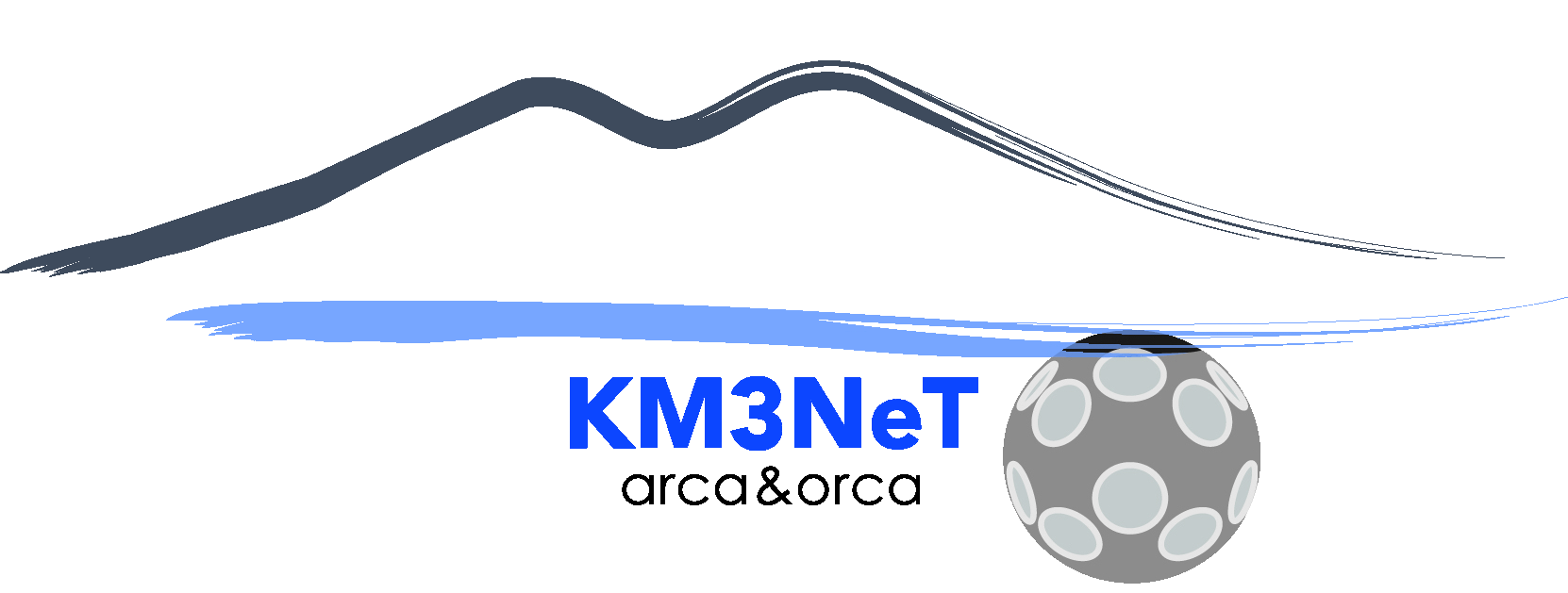Working Group
- Andreino Simonelli (DU ISR)
- Ciro Cassese
- Pasquale Cinotti
- Benedetto De Fazio
- Emiliano Librizzi
- Paolo Otranto
- Liz Morales-Gallegos (LQS)
- Pietro Otranto
- Lorenzo Panico
- Enrico Pizza
- Lorenzo Roscilli
- Danilo Trotta
The integration of the Detection Units (DUs) for KM3NeT is a structured process consisting of six stages, primarily conducted in the DU integration hall at the CAPACITY Lab in Caserta.
The Integration Site Responsible (ISR) oversees a team of five mechanical technicians and four electronics technicians who collaborate to complete the integration efficiently.
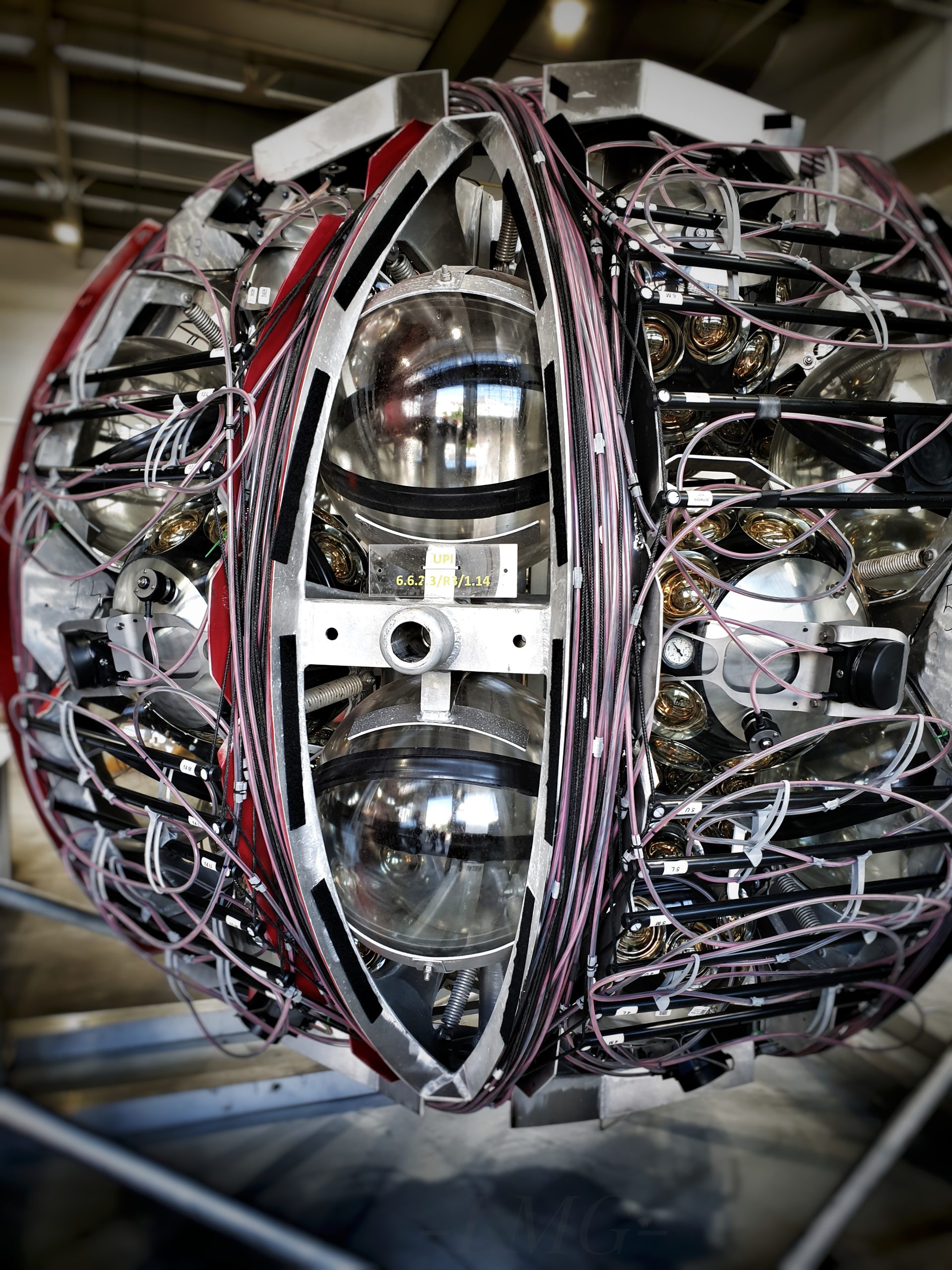
Process 1
The first stage involves connecting the Optical Modules (DOMs) to the Vertical Electro-Optical Cable (VEOC). This process requires expertise in fiber splicing, optical testing, and oil filling to ensure proper transmission of optical signals. High-precision techniques are employed to minimize signal loss and maintain the integrity of the fiber-optic connections.
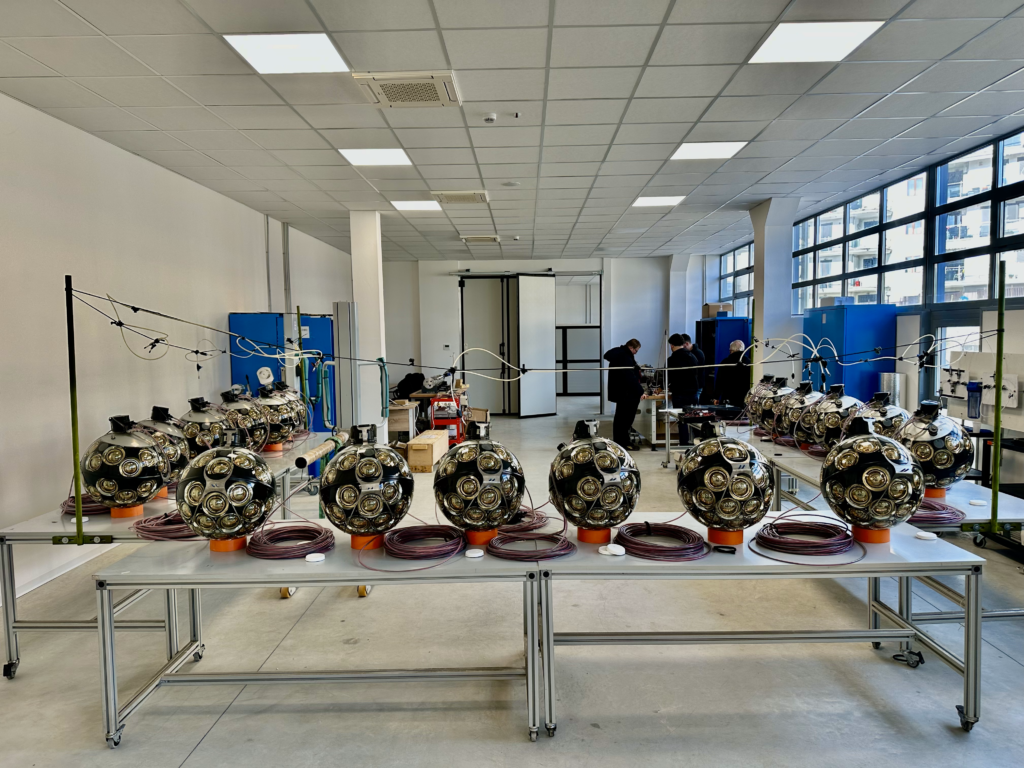
Process 2
In the second stage, the VEOC is connected to the Base Module (BM) via a penetrator. The BM is a heavy titanium cylinder designed to withstand the extreme pressure of 3500 meters deep in the sea while resisting corrosion. Inside the BM, electronics manage the power distribution and host optical switches for signal routing from the DOMs. Advanced splicing and electronic skills are necessary at this stage, along with data acquisition (DAQ) testing to validate the proper functioning of the integrated unit.
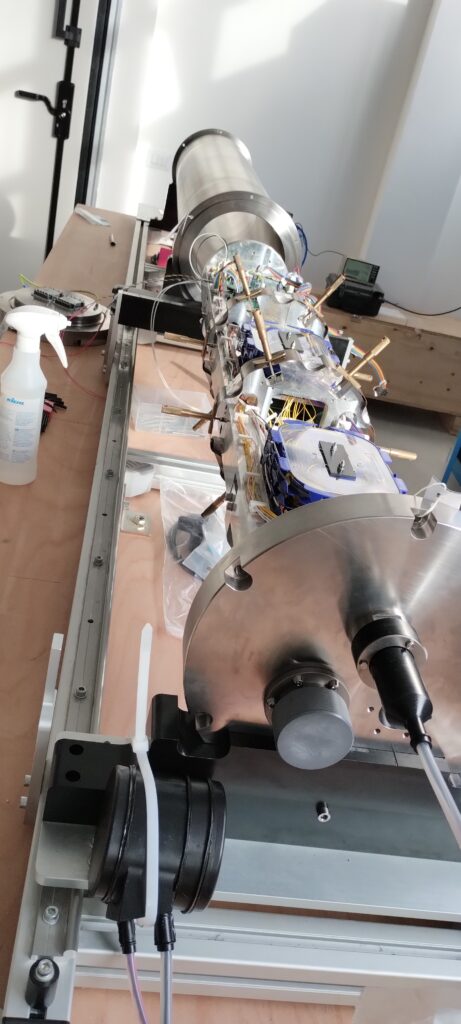
Process 3
The third stage focuses on the calibration of the DU. A special tray equipped with optical fibers and a acoustic tweeters houses all 18 DOMs inside a dark box, where calibration procedures are performed using a replica of the shore station and DAQ codes of the ARCA detector. More details here.
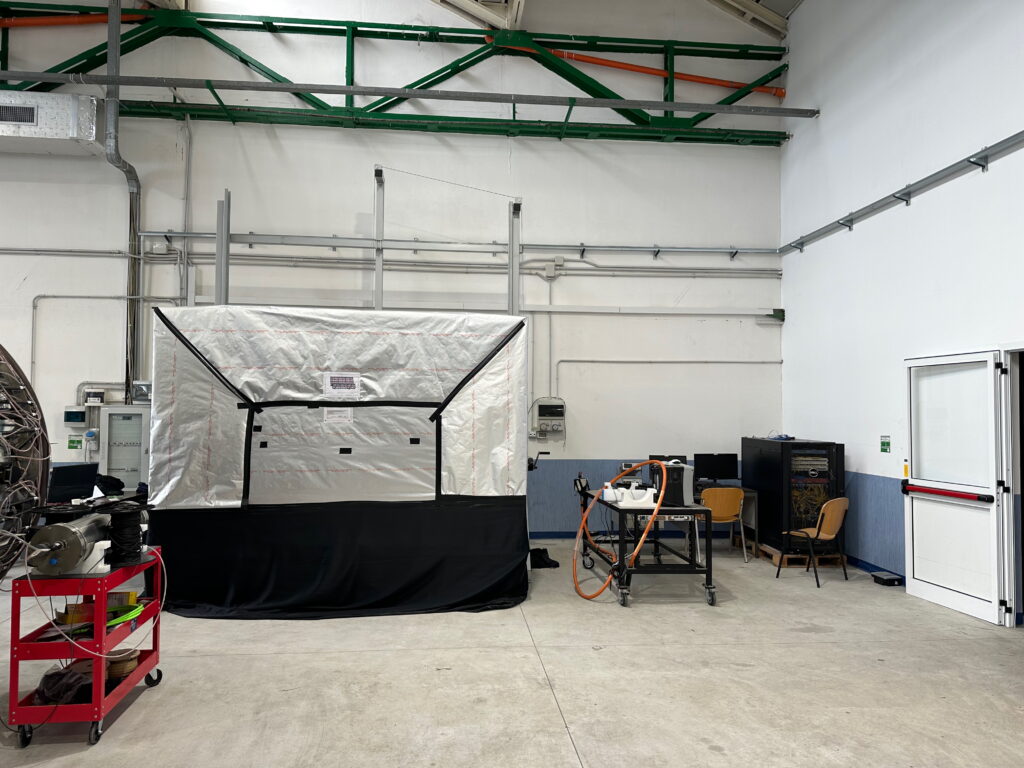
Process 4
The Detection Unit is then furled around a metal structure known as the Launch Module (LOM). The LOM is designed to securely hold all 18 DOMs within dedicated receptacles. During this process, the DOMs are attached to Dyneema ropes, which provide the necessary mechanical support and connection to the anchor system.
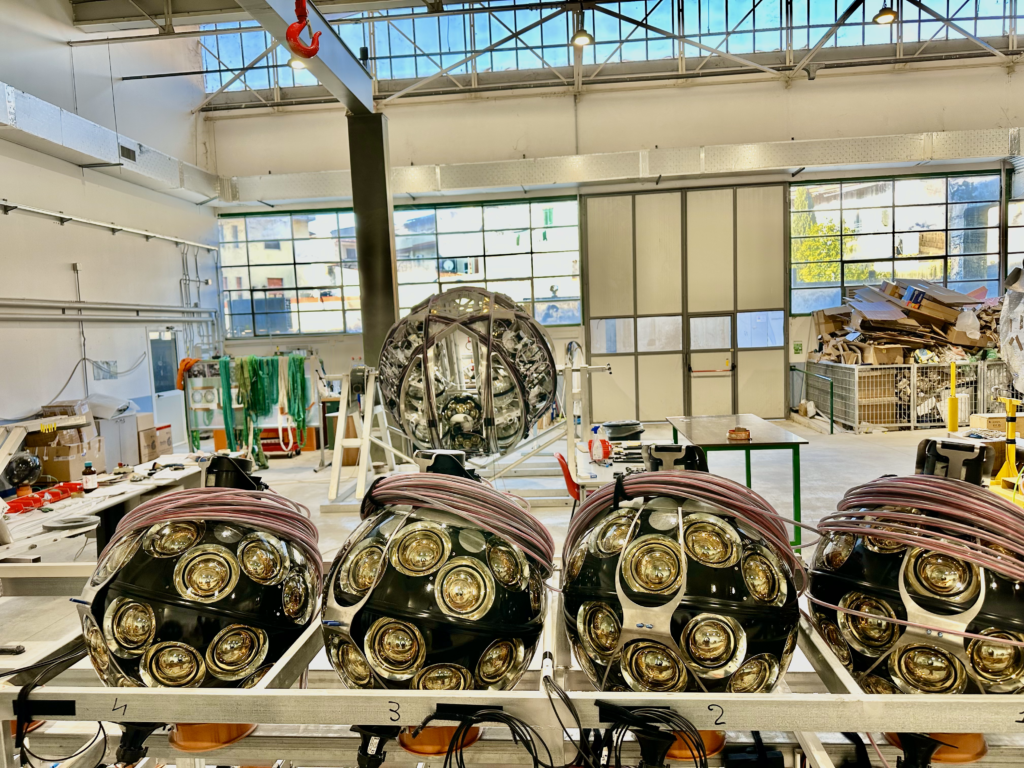
Process 5
The next step involves mounting the long interlink cables onto designated bollards on the anchor. At this stage, the LOM, along with the DOMs and the BM, is securely fastened to the anchor structure. A comprehensive communication and power test of the integrated DU is conducted to verify its readiness before shipping.
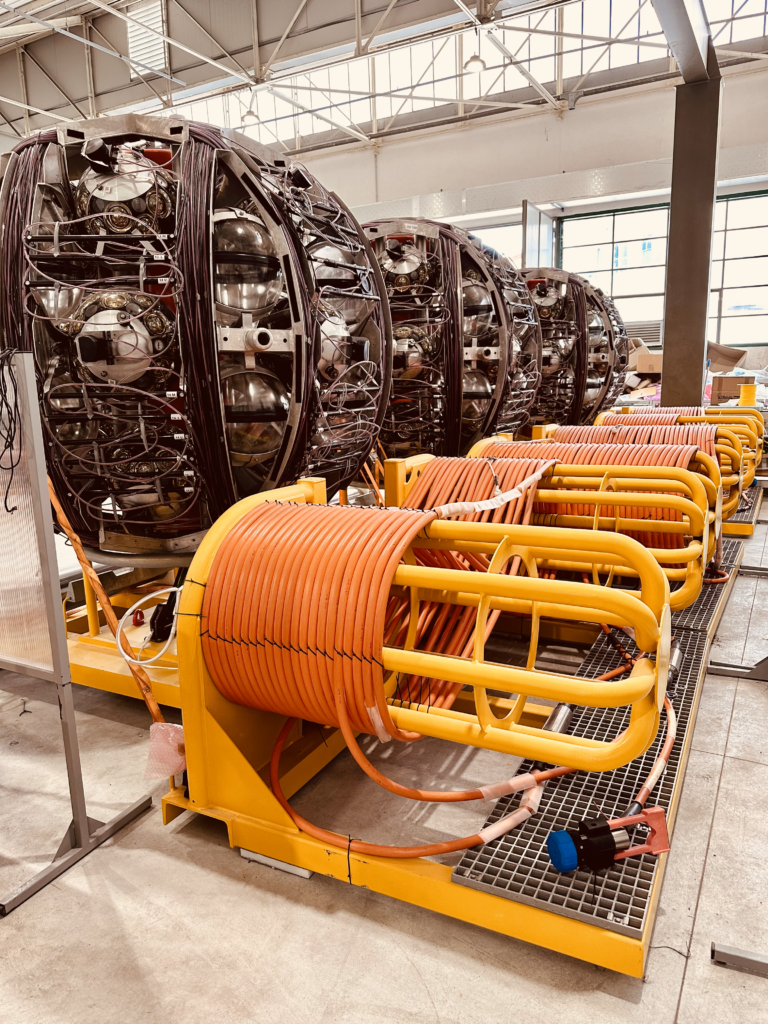
Process 6
Finally, the DUs are transported to Malta Harbor, where they undergo another round of testing to ensure functionality after transit. The final rigging procedures are carried out to prepare the DUs for embarkation onto the deployment vessel, ensuring they are ready for installation in the deep-sea environment.
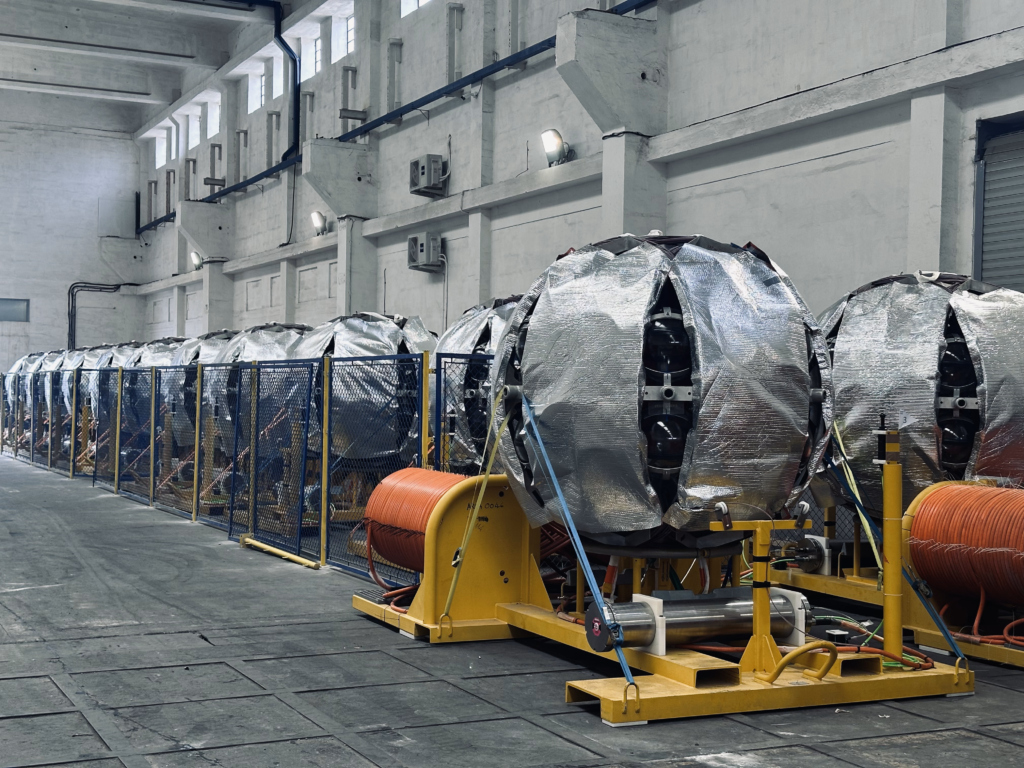
Each of these six integration processes is crucial for the successful deployment and operation of the KM3NeT neutrino telescope, requiring precision, expertise, and collaboration among all team members involved.
DUs integrated at the CAPACITY LAB:
06/02/2025
